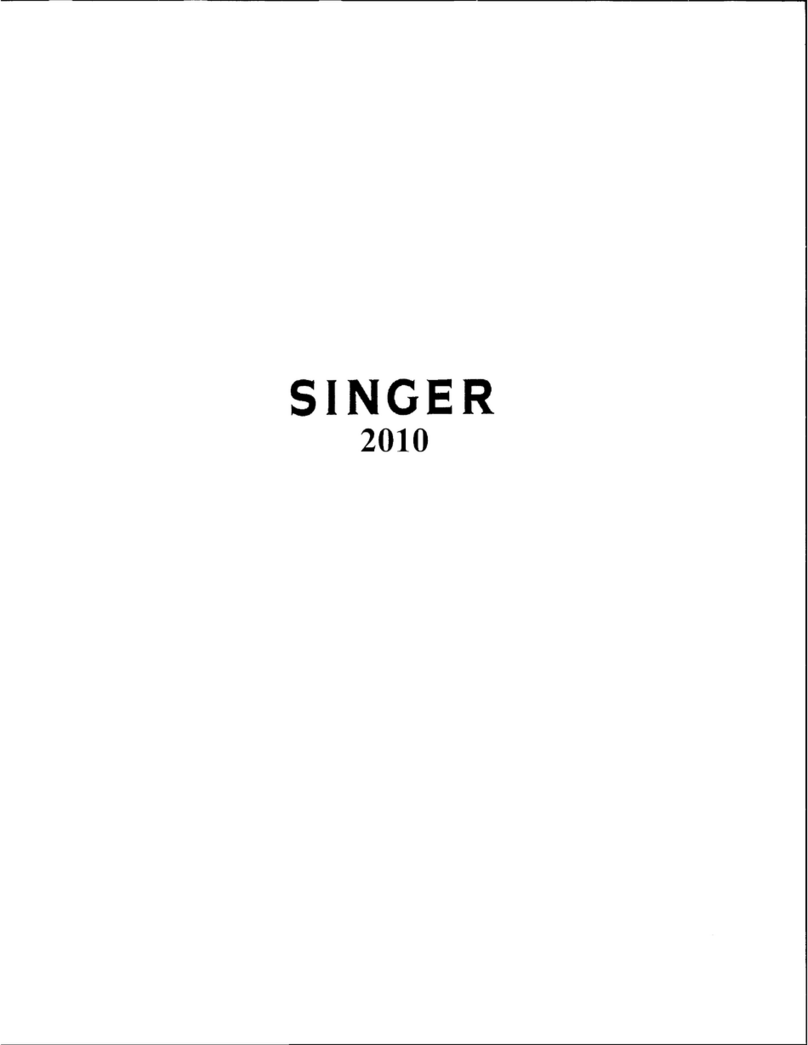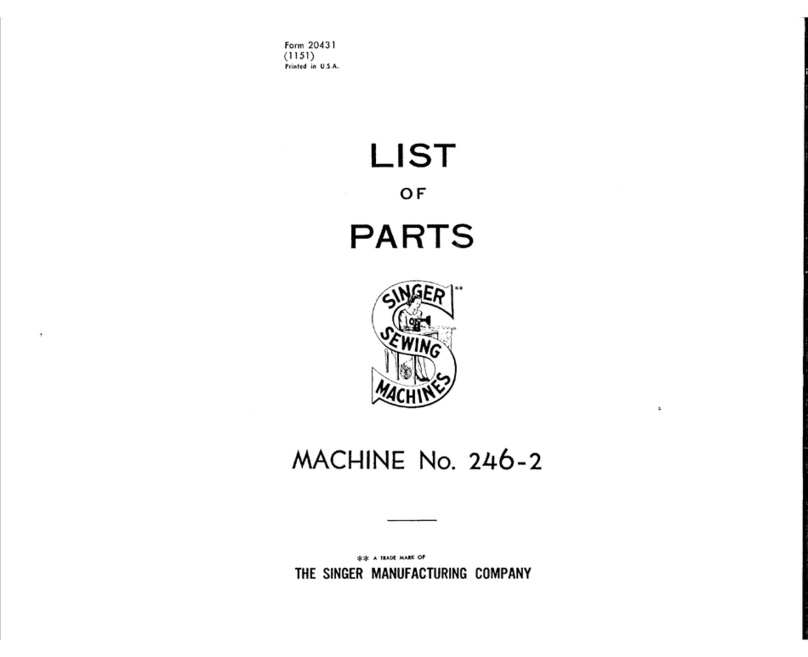Singer 1640 User manual
Other Singer Sewing Machine manuals
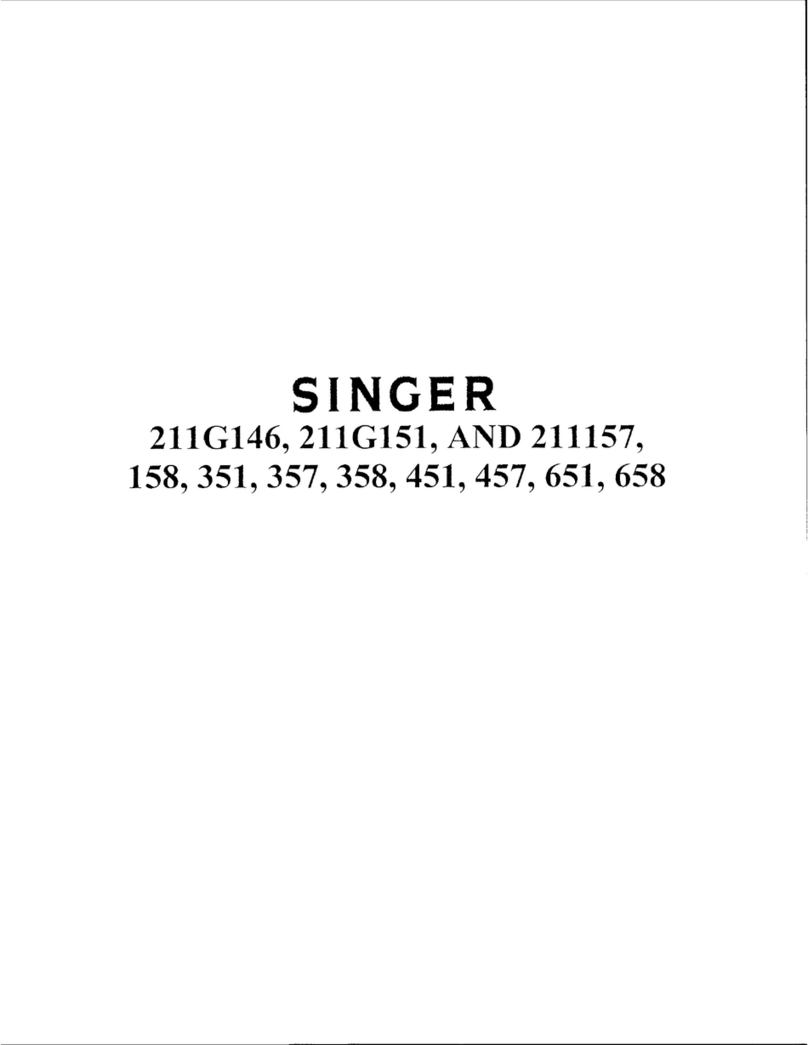
Singer
Singer 211G146 User manual
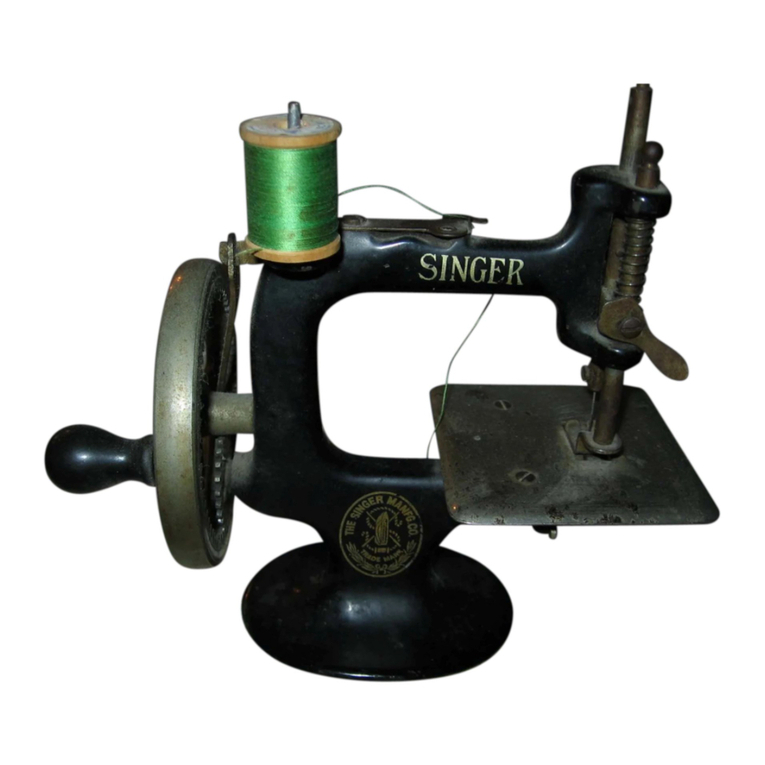
Singer
Singer 20-2 User manual
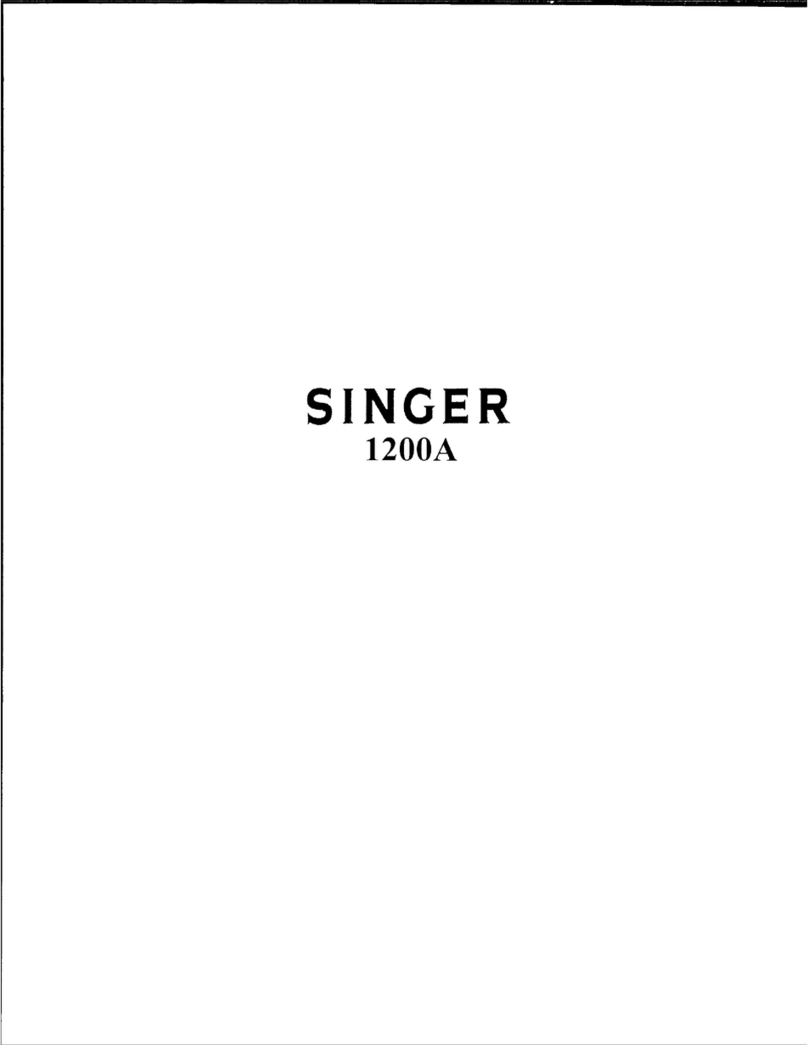
Singer
Singer 1200A User manual
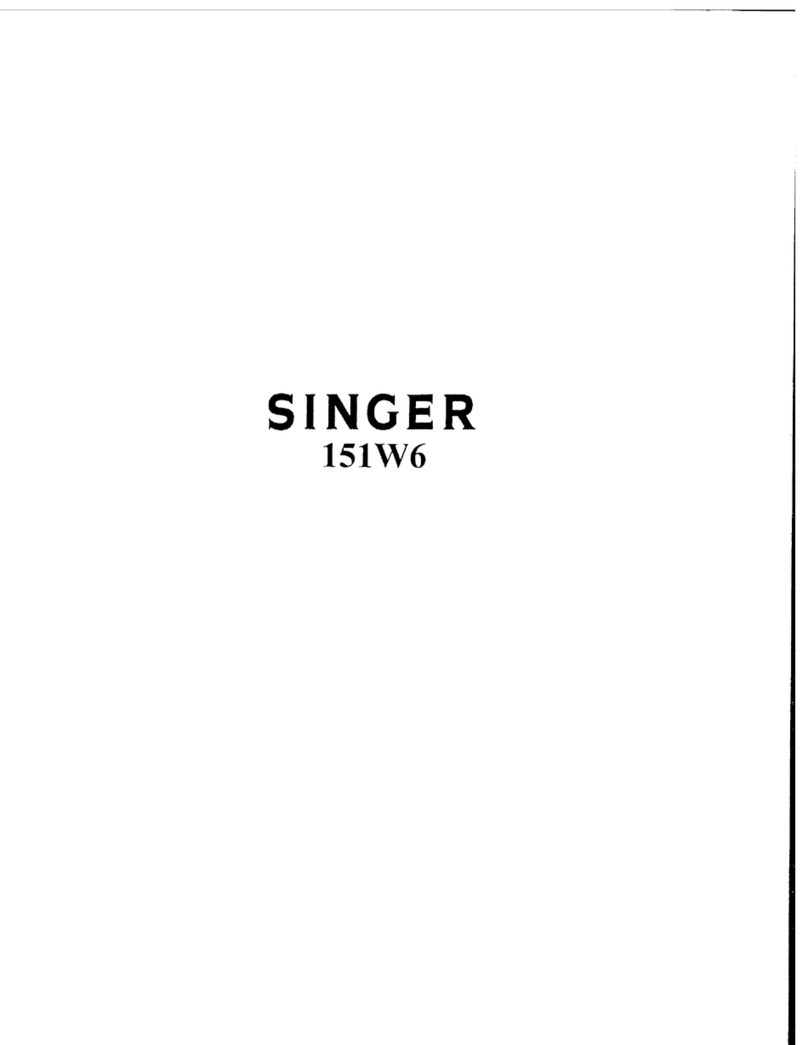
Singer
Singer 151W6 Quick start guide
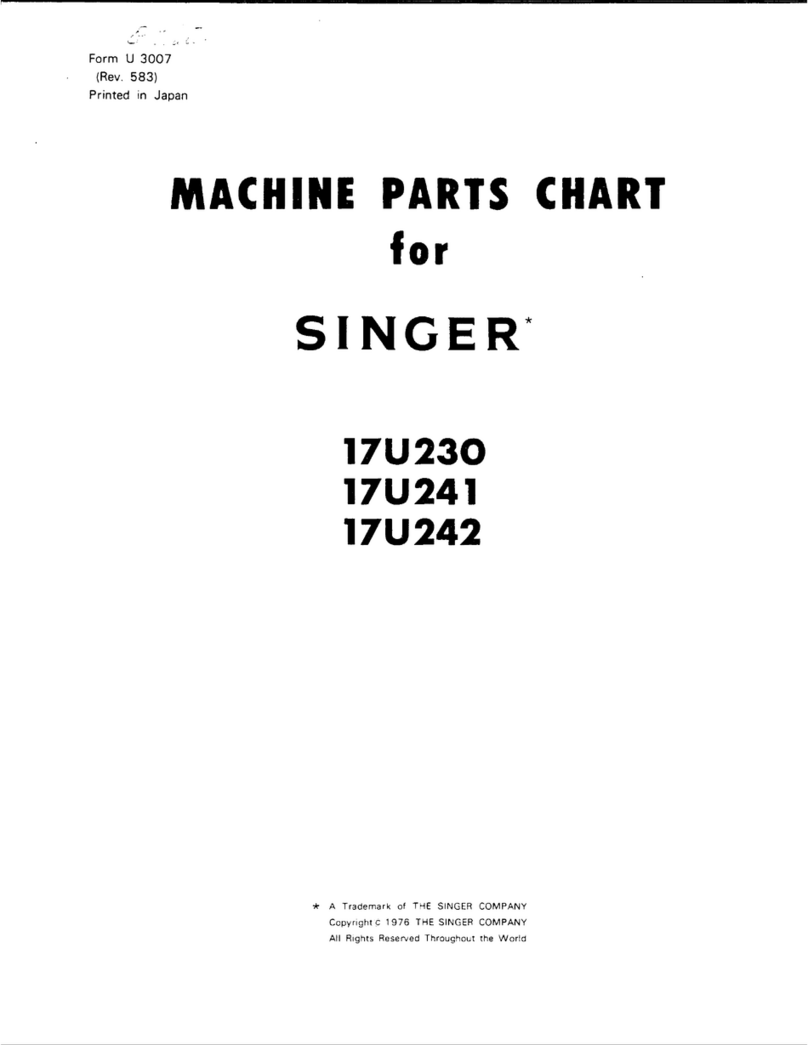
Singer
Singer 17U241 User manual

Singer
Singer HA-1 User manual

Singer
Singer 150W4 Quick start guide

Singer
Singer 400W11 Quick start guide
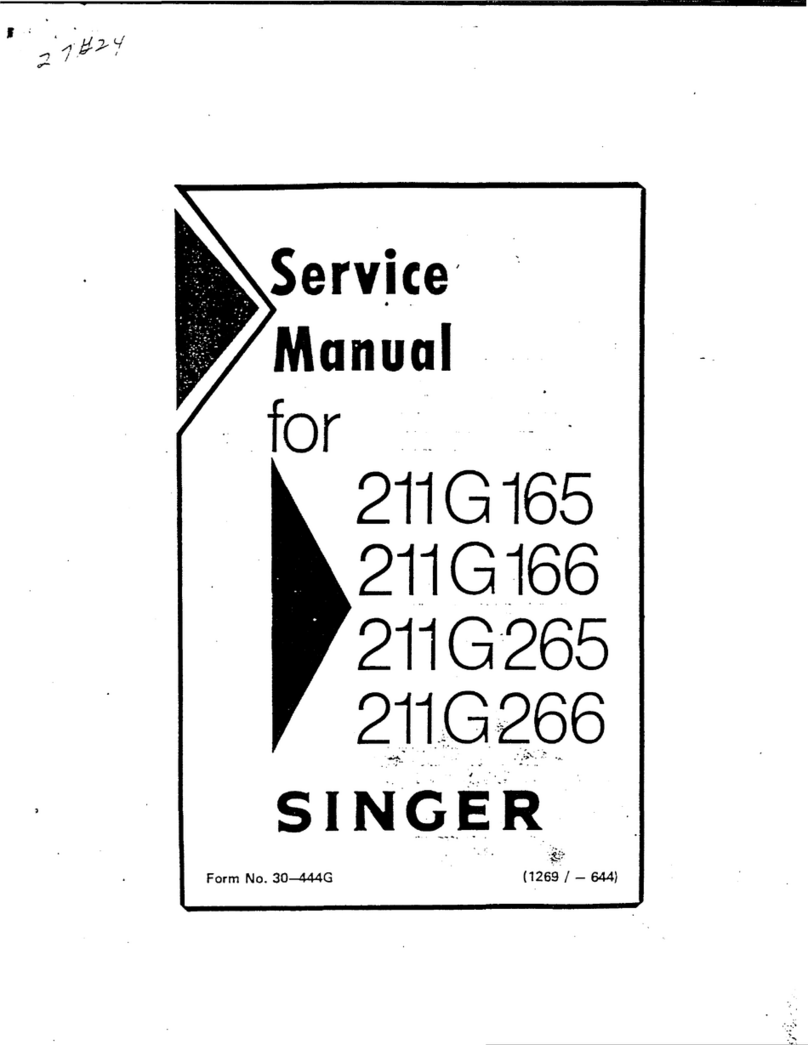
Singer
Singer 211G165 User manual

Singer
Singer 212U539A Setup guide

Singer
Singer 9134 User manual
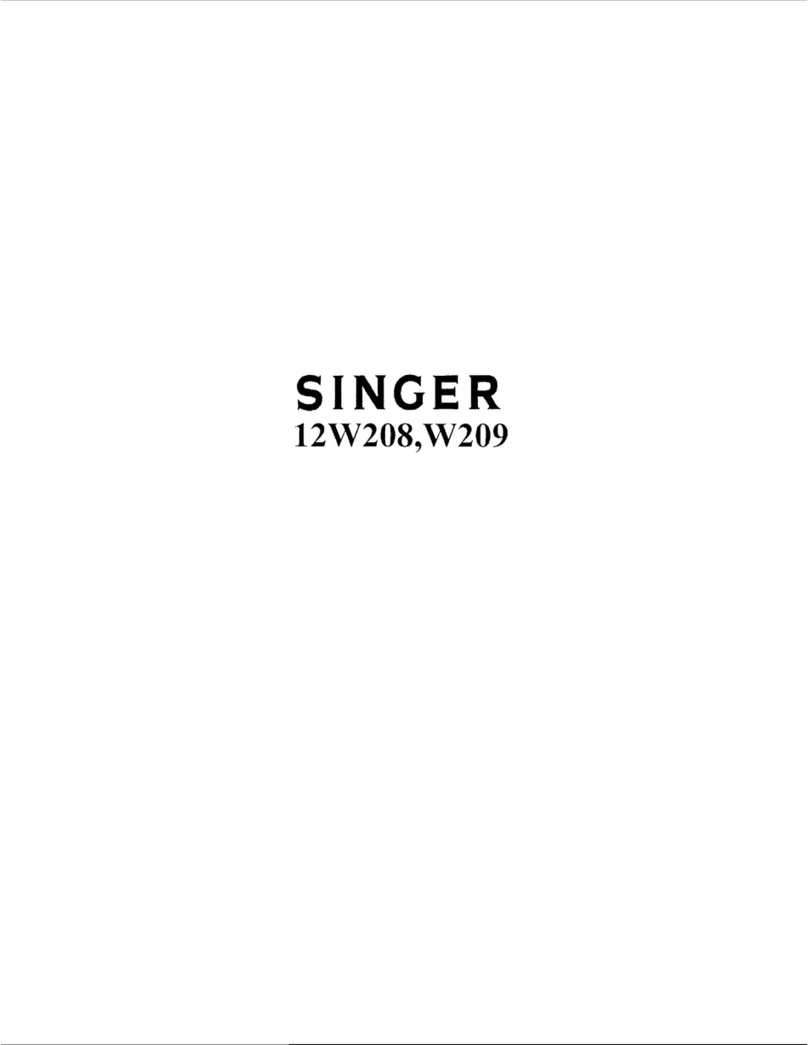
Singer
Singer 12W208 User manual
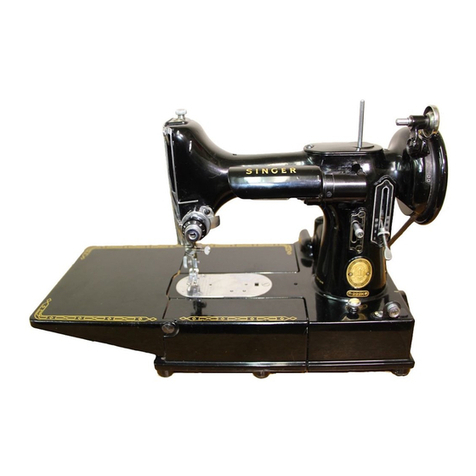
Singer
Singer 221-1 User manual
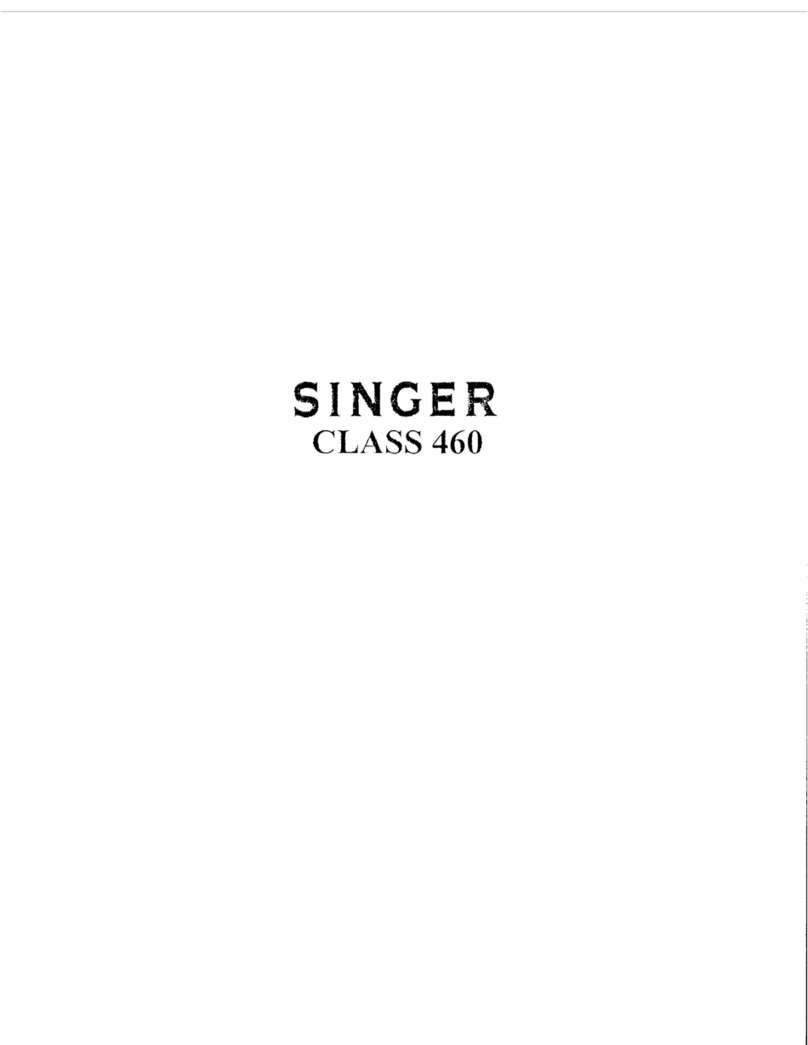
Singer
Singer 460 CLASS User manual
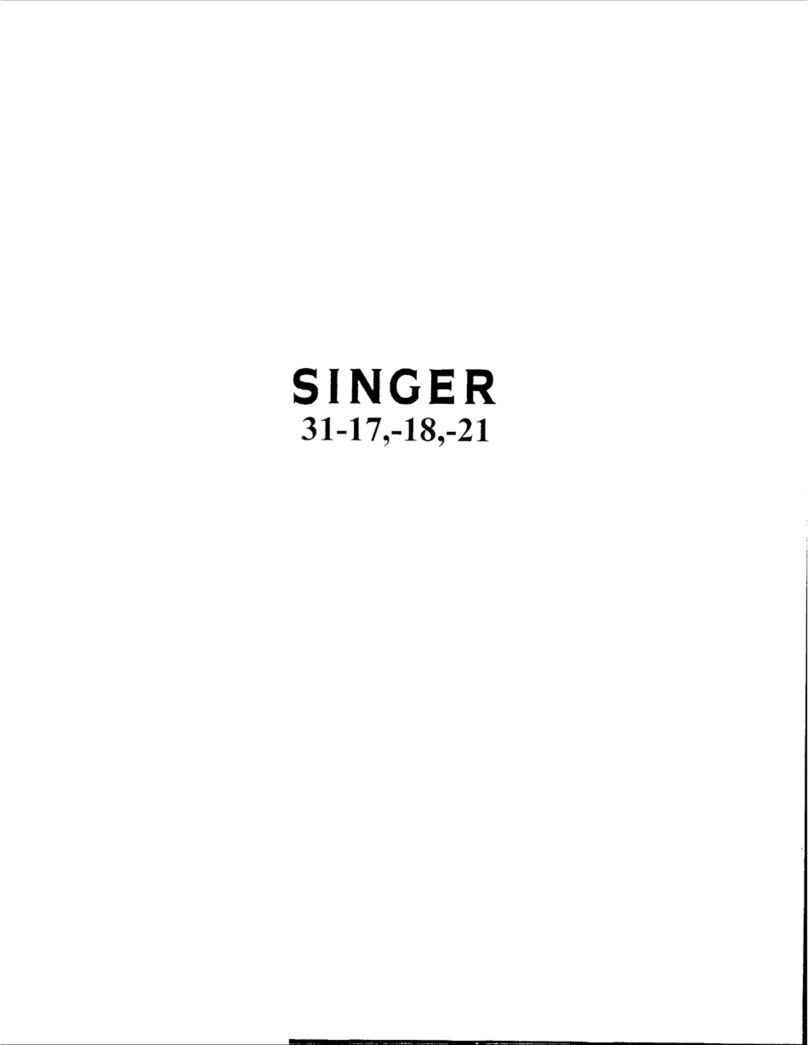
Singer
Singer 31-17 User manual
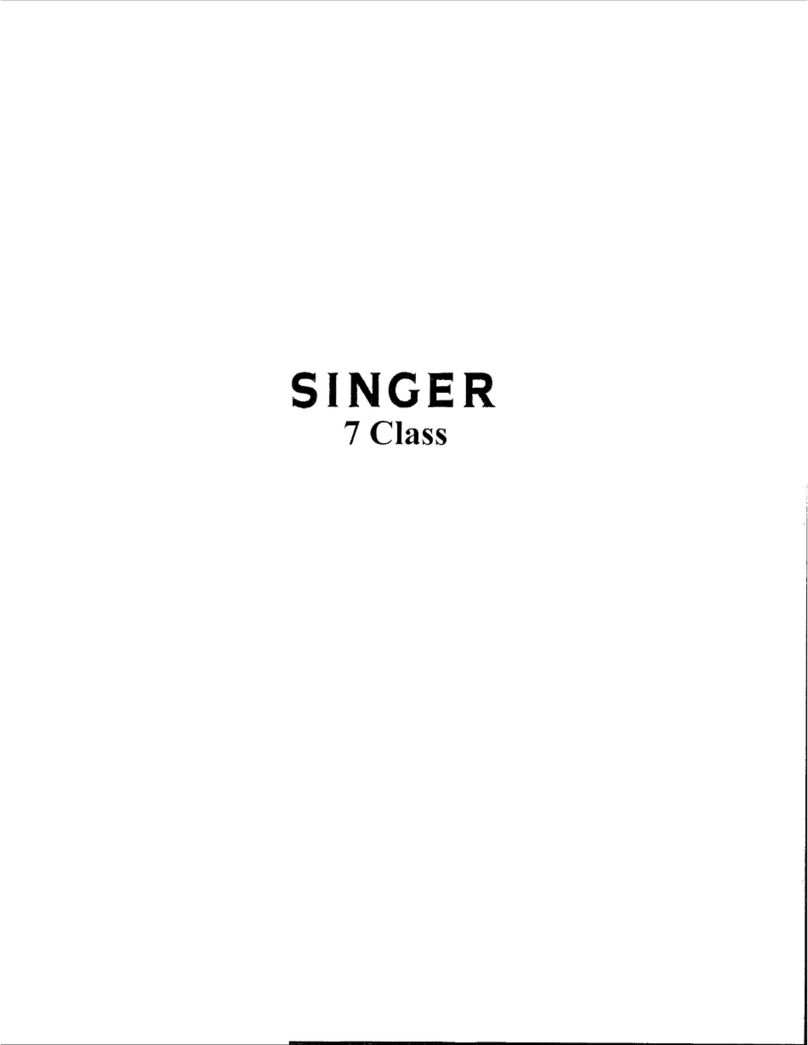
Singer
Singer CLASS 7 ONE NEEDLE LOCK STITCH User manual
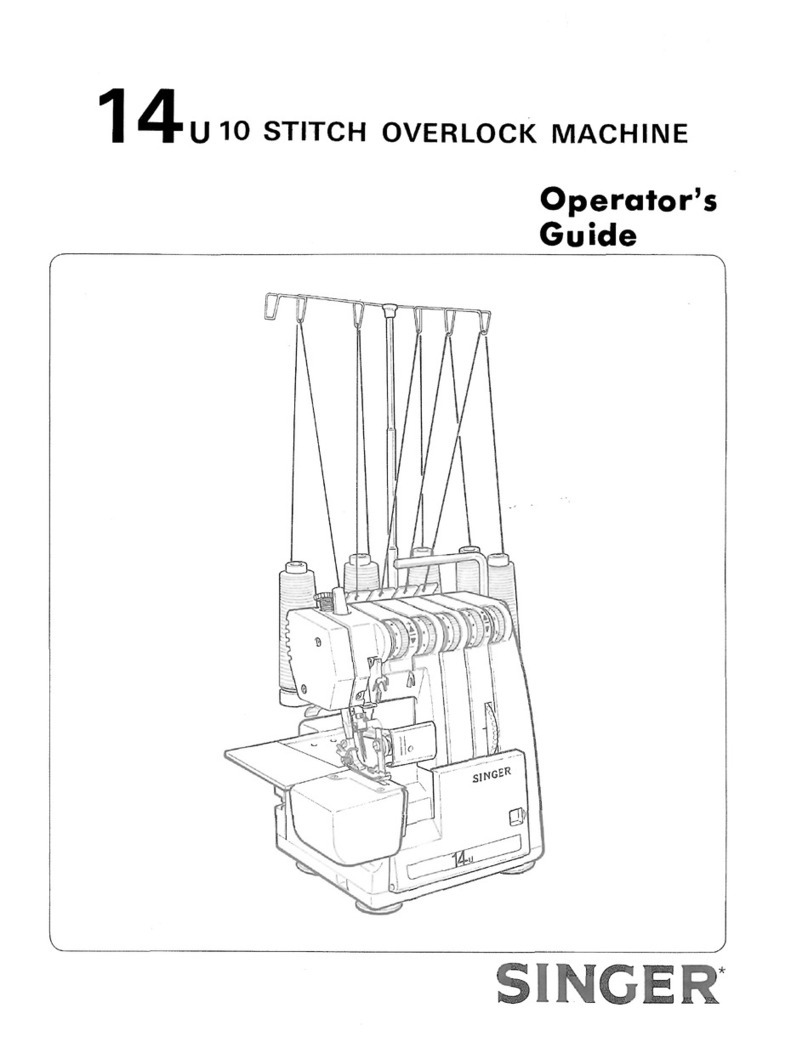
Singer
Singer 14U User manual
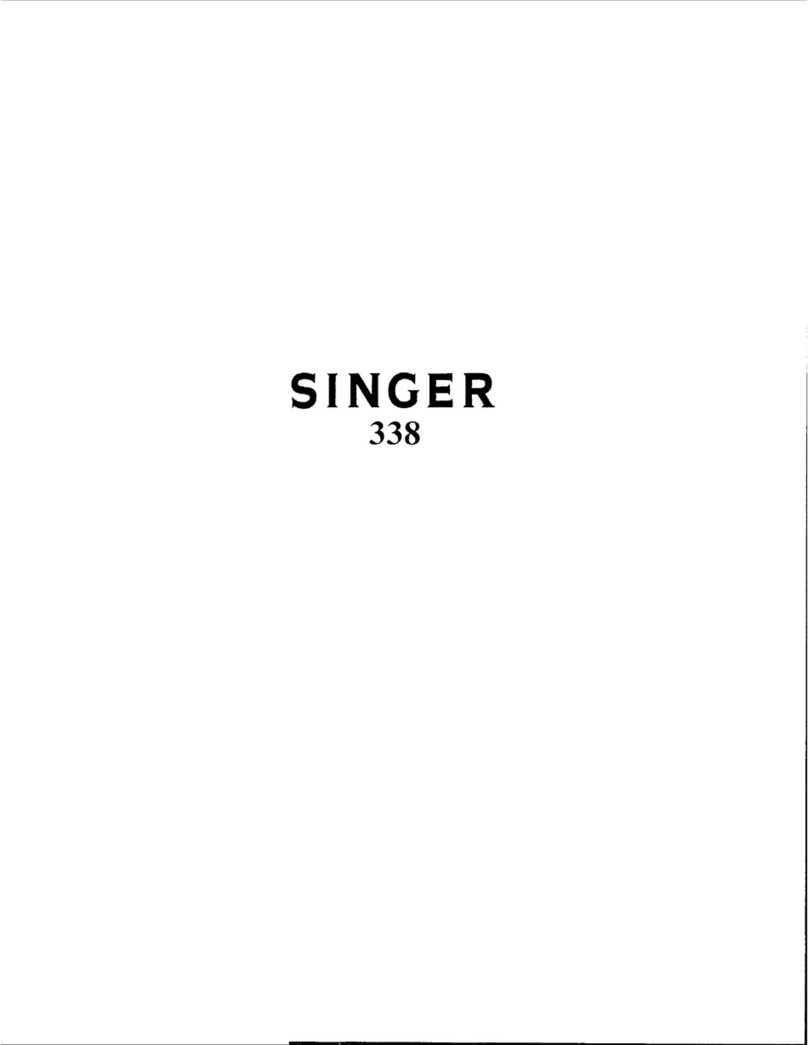
Singer
Singer 338 User manual
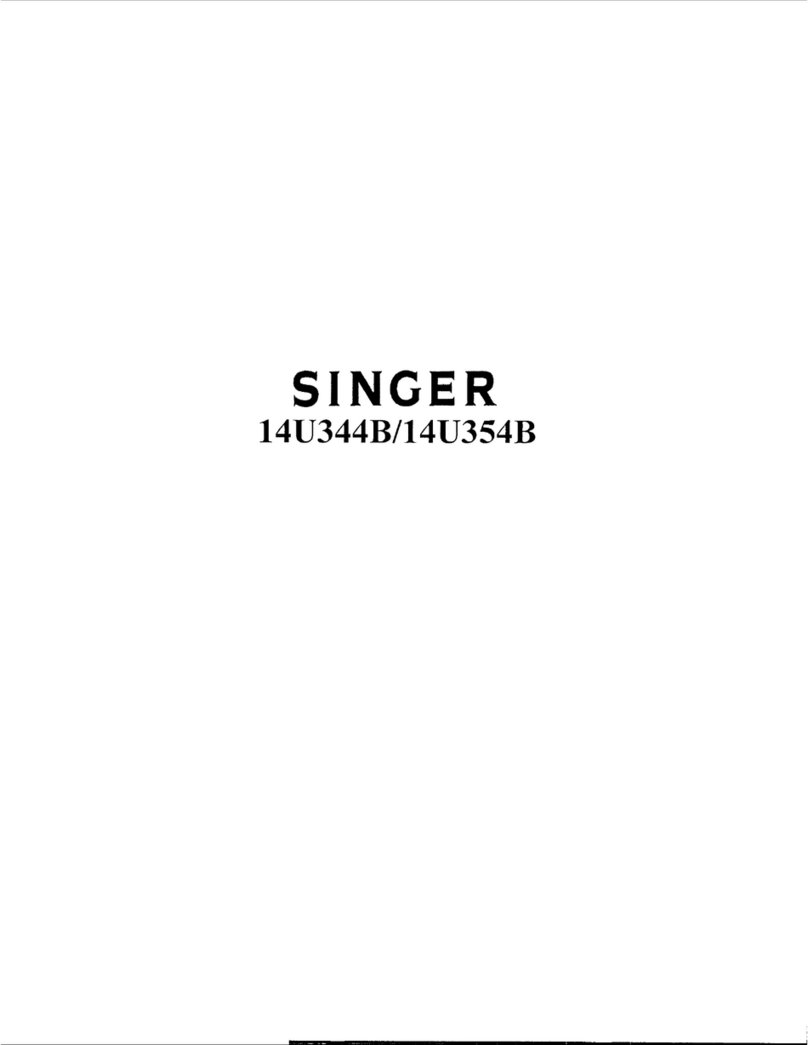
Singer
Singer 14 U344B User manual
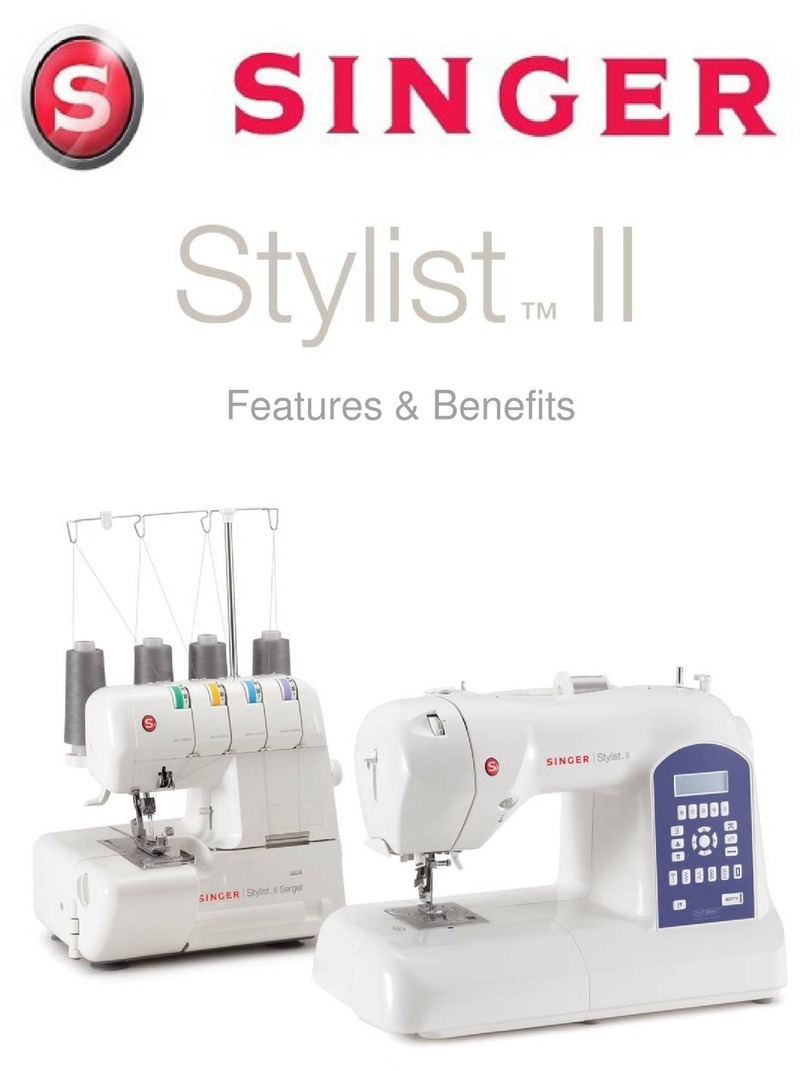
Singer
Singer Stilist II Owner's manual
